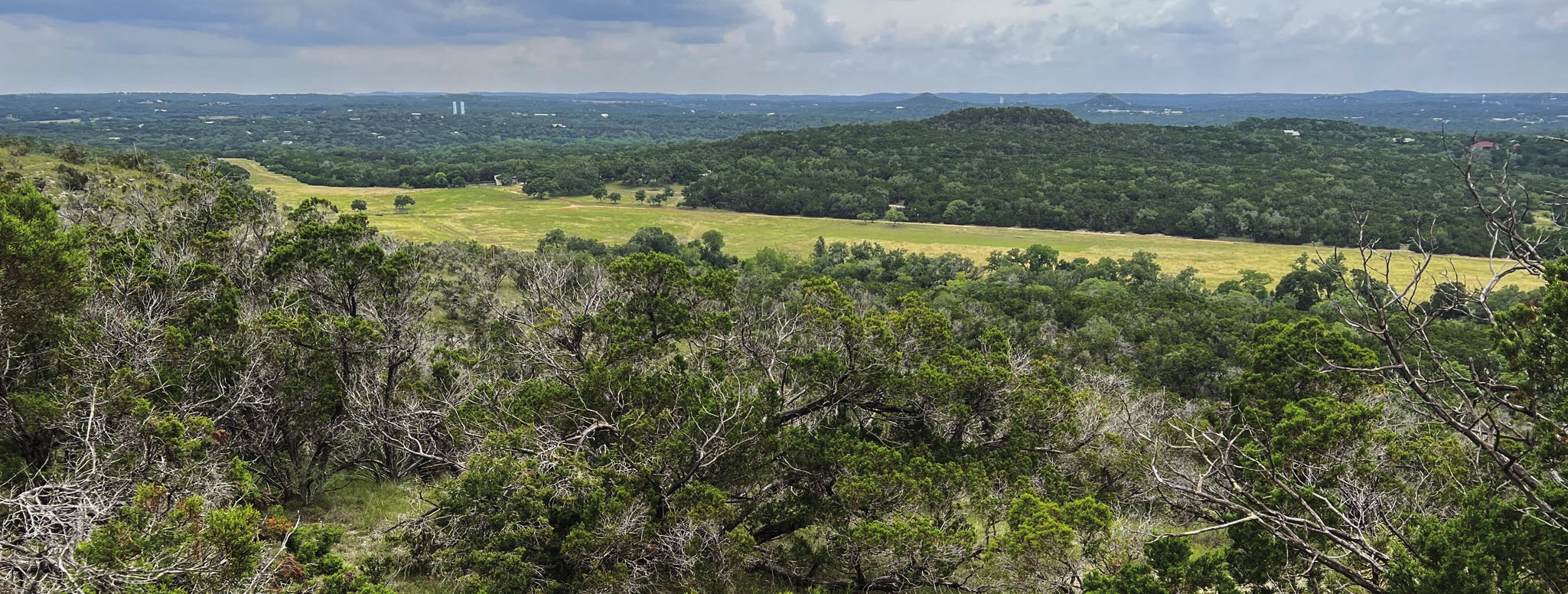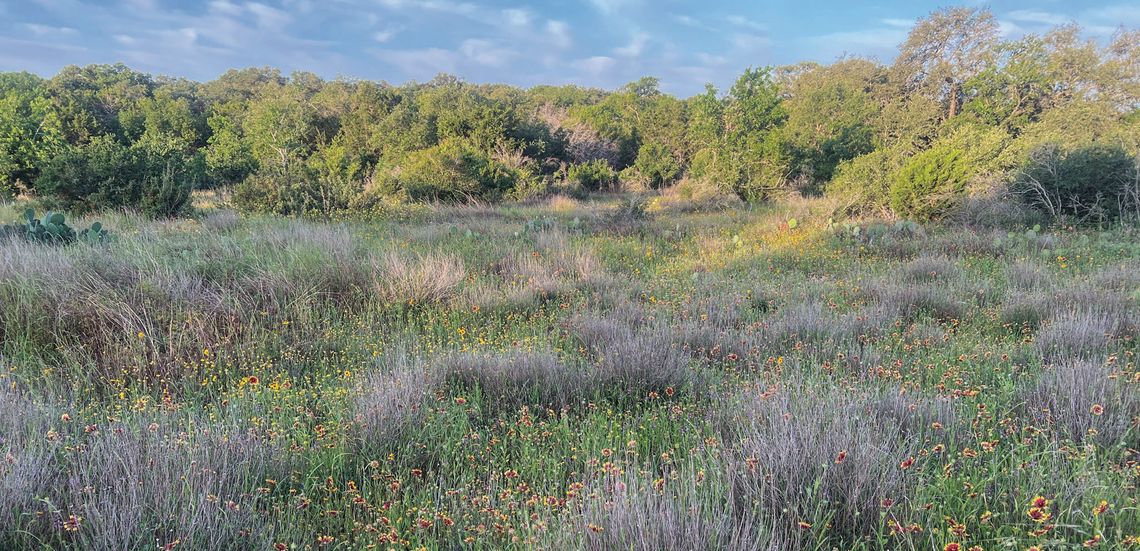HILL COUNTRY CONSERVANCY
Hill Country Conservancy and partners secure $23.2 Million for land conservation
Led by the nonprofit Hill Country Conservancy, a coalition of 27 regional partners has secured $23.2 million in federal money — the largest single federal award ever for conservation easement funding in the Texas Hill Country — and set a goal of preserving 7,500 acres in primarily rural areas.
Hill Country Conservancy originally began in 1999 as an organization preserving land in Hays and Travis counties helping protect thousands of acres locally.
The organization’s newest initiative is focused further out in the Hill Country. Known as the Hill Country Headwaters Conservation Initiative, it is a coalition that will leverage the expertise and local relationships of all 27 regional partners to target landowners in significant portions of the Colorado, Guadalupe, San Gabriel, Llano and Lampasas River watersheds. The partners will screen and rank potential properties, with priority given to land with sensitive water recharge features, such as caves and sinkholes that enable unfiltered drainage into the region’s aquifers. These properties also include properties home to unique and threatened wildlife habitats. Historically underserved producers will also receive priority.
“The incredibly fastpaced growth in development throughout the Texas Hill Country has created a critical need for land conservation that is simply too big for any single organization to address with the urgency required,” said HCC CEO Kathy Miller. “This funding will allow our coalition to be more strategic and proactive in protecting high-impact properties that deliver the most bang for the buck in protecting the region's endangered species, iconic spring-fed streams and pools, and critical aquifer systems that provide water to communities and farmers from Central Texas to the Gulf of Mexico.”

The funding was awarded through the U.S. Department of Agriculture’s Regional Conservation Partnership Program.
URGENT NEED TO PRESERVE RURAL LAND
The Hill Country’s population has grown nearly 50% in the last 20 years — with two-thirds of that growth occurring in unincorporated areas where counties have very limited authority to regulate land use and often little money to preserve open space. Land prices have increased six-to-eight-fold during this period, putting financial pressure on agricultural landowners to sell property while also making it more expensive for conservation groups and public entities to acquire easements and land.
Approximately 90% of the 11 million acres in the Hill Country is agricultural today and just 550,000 acres of land in the Hill Country is protected from development through public ownership and private conservation easements. The region’s population is expected to grow another 45% over the next 30 years, accelerating the pace of development.
Celebrating its 25th year, HCC is a Texas leader in bringing together municipalities, counties, the USDA, and private landowners to execute mutually beneficial conservation easements on privately held land.
HCC has long worked in partnership with other organizations but has historically made its biggest impact in and around Travis and Hays County, where its work began. As development pressure has spread throughout the 18-county Hill Country in recent years, HCC has sought to expand its activities and geographic reach — a major focus of the organization as it looks forward to its next 25 years.
“The Hill Country Conservancy was born out of a desire to end conflict among environmentalists, land owners and developers and instead work together to preserve land that is especially critical to protecting wildlife habitats and water resources,” Miller said. “This strategic, cooperative approach has proven effective in preserving thousands of sensitive acres over the last 25 years, but the need to work together to protect the Hill Country’s unique ecology has only grown and become more urgent due to rapid growth in our region and a warming climate.







